How to Optimize RGV Trolley for High Speed Operation
RGV is a kind of automated handling equipment running on a fixed track. To achieve high-speed operation of RGV trolley, it can be designed and optimized from the following aspects.
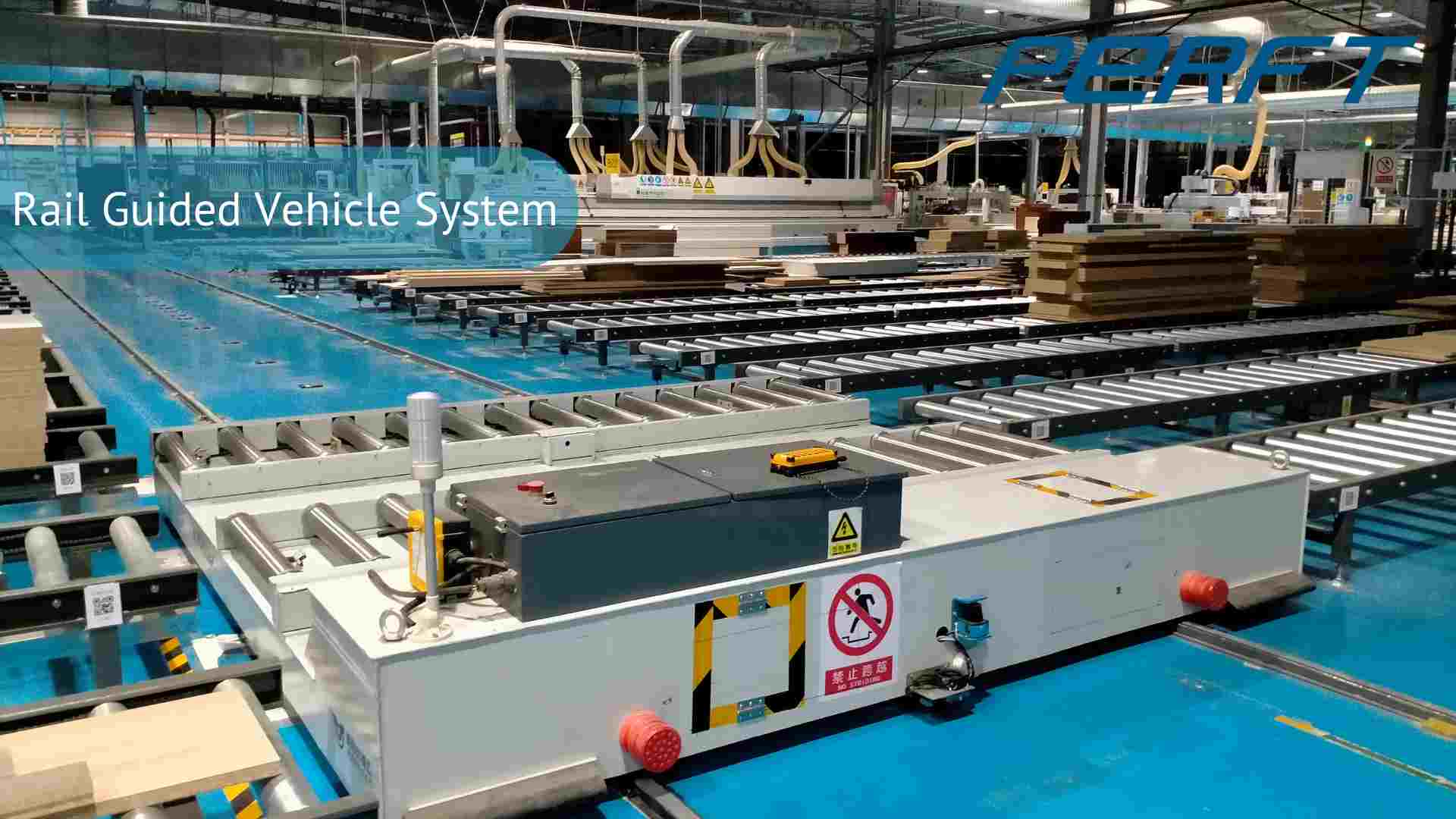
Drive System Optimization
Motor Selection:
Select high-performance motors, such as AC variable frequency motors, to improve the operating efficiency and response speed.
According to the actual demand to choose the appropriate motor power and speed to ensure that transfer trolley can maintain stability and reliability in high-speed operation.
Power Supply Mode:
Rail power supply or battery power supply mode is used to ensure that transfer trolley obtains power continuously and stably on the rail.
For the rail power supply mode, power supply efficiency and stability can be improved by optimizing the power cabinet and step-down transformer, and other equipment.
Drive Mode:
Advanced drive technology, such as the direct connection between the reducer and the wheel, is adopted to convert the rotary motion of the motor into the linear motion of the wheel.
In some special cases, multiple motors can be used to drive different wheels separately to realize more flexible steering and driving control.
10T Battery Powered Transfer Cart On Rail Video
Control System Optimization
Parametric Control Design:
Parametric control design is adopted to facilitate the adjustment of the position, speed, accuracy, and other factors of motorized transfer trolley to achieve high-speed operation.
Through the preset program and received signals, the motion of motorized transfer trolley is precisely controlled.
Positioning and Navigation:
Utilizes on-board sensors, laser guidance systems, or magnetic stripe guidance systems, etc., to achieve precise identification and positioning of the running track.
The positioning signal is obtained through barcode identification or laser distance measurement, and compared with the current position, and then the frequency converter is controlled to realize the start-stop action of the motor.
Communication and Scheduling:
The control system of RGV can communicate with the host computer or WMS (Warehouse Management System), etc., to receive task commands and feed back the operation status.
In the automatic mode, RGV scheduling system breaks down the tasks to each motorized transfer trolley through wireless communication, realizing multi-point automatic operation and effective scheduling.
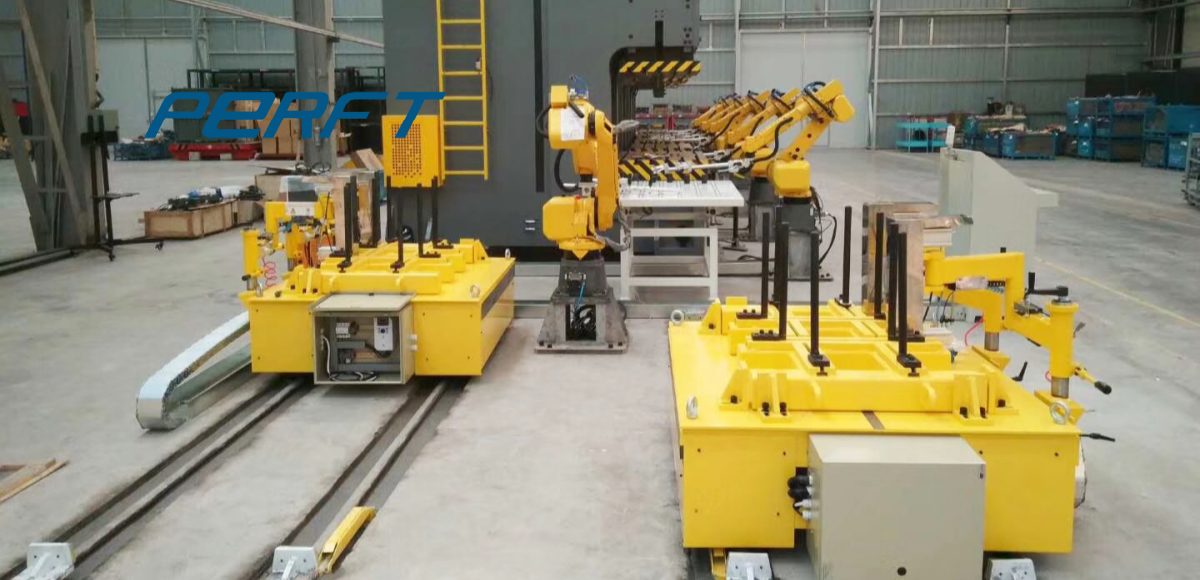
Track and Structure Design
Track Design:
Choose suitable track material and form (such as aluminum straight rail or curved rail) to ensure the flatness and stability of the track. Optimize the layout and connection of the track to reduce the resistance and vibration of transfer trolley in the driving process.
Structural Design:
Adopt lightweight and high-strength materials to design the body and structural components of RGV trolley, so as to reduce the overall weight and energy consumption of transfer trolley.
Optimize the wheels and suspension system of RGV to improve the stability and comfort of motorized trolley during high-speed operation.
Other Factors
Maintenance:
Regularly carry out maintenance on RGV trolley, checking the running status of the motor, the flatness of the track and the connection, etc., to ensure that rail transfer trolley operates in a better condition.
Safety Protection:
RGV is equipped with perfect safety protection devices and emergency stop buttons, etc., to ensure that rail transfer trolley can detect and deal with abnormal situations in time when it is running at high speed.
In general, through optimizing the drive system, control system, trac,k and structure design as well as strengthening the maintenance and safety protection measures, the high-speed operation of RGV trolley can be realized. At the same time, it is also necessary to customize the design and optimization according to the actual application scenarios and needs, in order to meet the handling needs of different enterprises.
Back to List
-
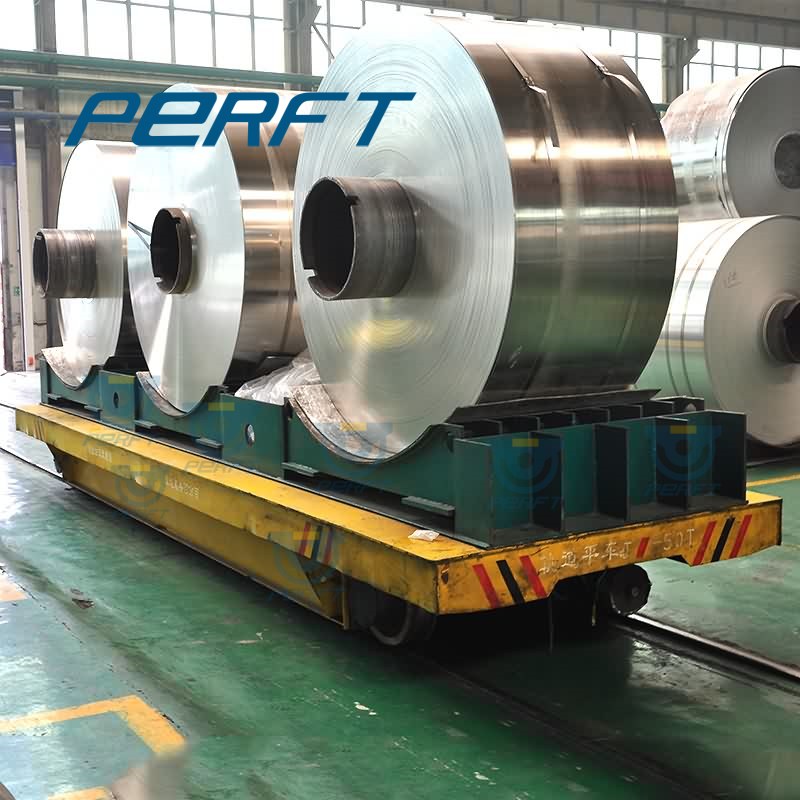 上午9:33C-Hooks and Coil Transfer Carts
上午9:33C-Hooks and Coil Transfer Carts -
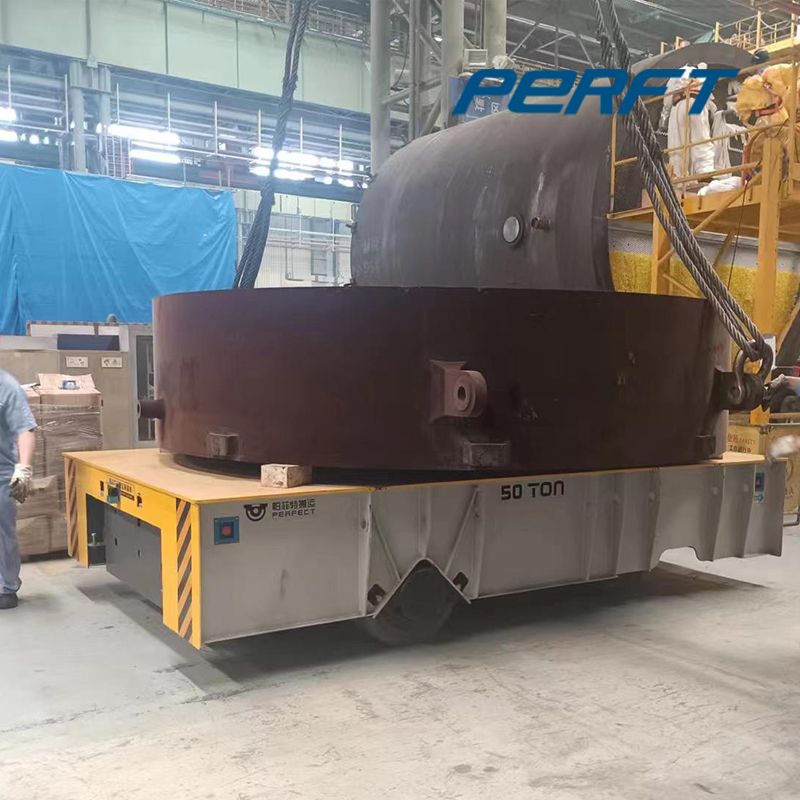 下午6:23Transfer Carts vs. Forklifts: Which is the Better Handling Equipment for You?
下午6:23Transfer Carts vs. Forklifts: Which is the Better Handling Equipment for You? -
 上午10:37Rail Transfer Cart Track Installation Requirements & Features
上午10:37Rail Transfer Cart Track Installation Requirements & Features -
上午9:41Electric Rail Transfer Carts: Types, Load Capacity & Selection Guide
-
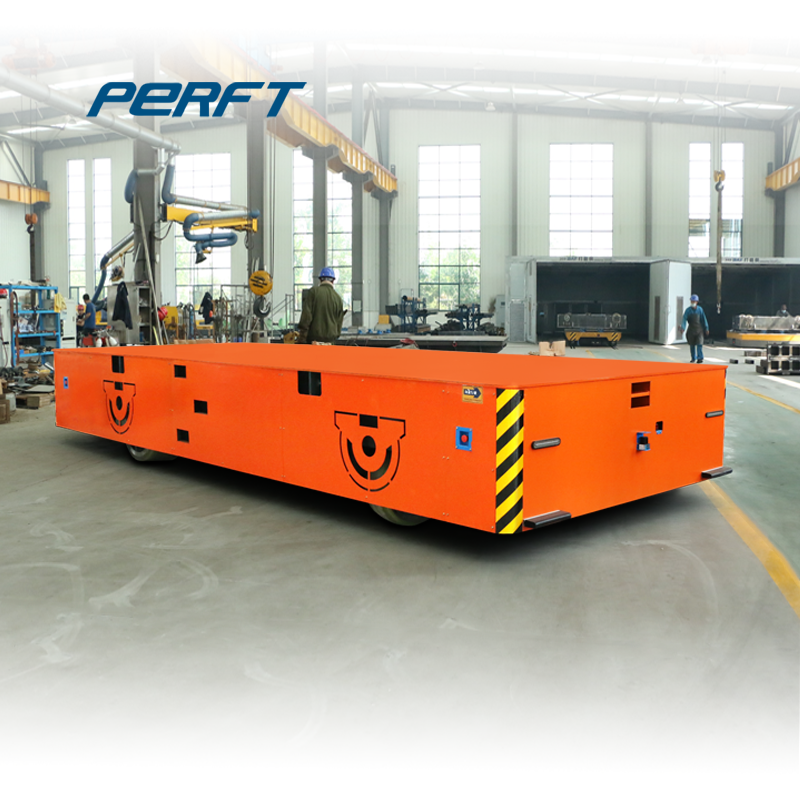 上午10:443 Key Differences Electric Transfer Car vs Electric Forklift
上午10:443 Key Differences Electric Transfer Car vs Electric Forklift

